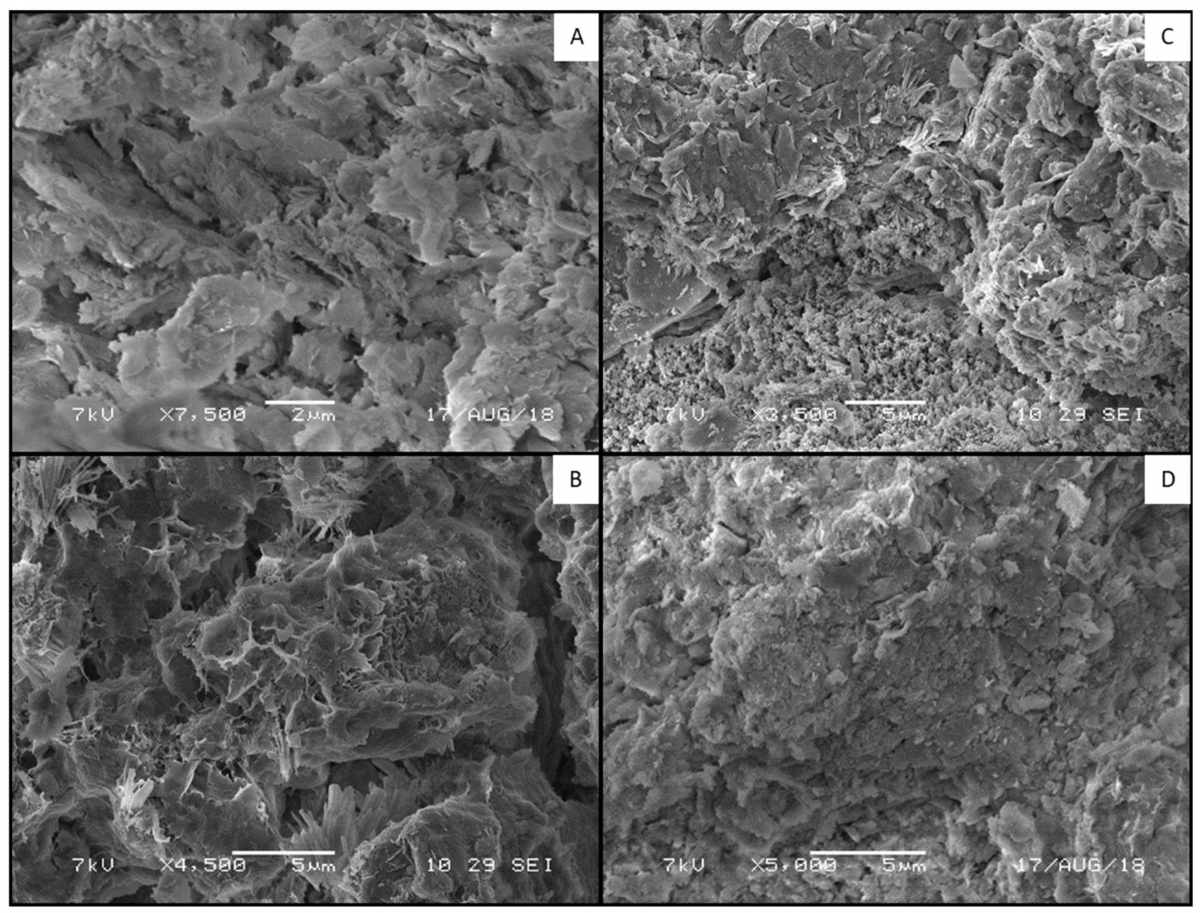Üniversitemiz Dr. Öğr. Üyesi Abdullah Ekinci’nin yazarları arasında bulunduğu “Triple-binder-stabilized marine deposit clay for better sustainability” başlıklı makale Sustainability (Switzerland)’da yayınlandı.
 Marine clay deposits are commonly found worldwide. Considering the cost of dumping and related environmental concerns, an alternative solution involving the reuse of soils that have poor conditions is crucial. In this research, the authors examined the strength, microstructure, and wet-dry resistance of triple-binder composites of marine-deposited clays and compiled a corresponding database. In order to evaluate the wetting-drying resistance of the laboratory-produced samples, the accumulated mass loss (ALM) was calculated. The use of slag alone as a binder, at any percentage, increased the ALM up to 2%. However, the use of lime as the third binder seemed to accelerate the chemical reactions associated with the hydration of clay and cementitious material and to enhance the chemical stability, i.e., specimens that included both lime and slag experienced the same ALM as specimens treated with cement only. Scanning electron microscopy analysis confirmed the durability improvements of these clays. The proposed unconfined compressive strength-porosity and accumulated mass loss relationship yielded practical approximation for the fine-and coarse-grained soils blended with up to three binders until 60 days of curing. The laboratory-produced mixes showed reduction of embodied energy and embodied carbon dioxide (eCO2) emissions for the proposed models.
Marine clay deposits are commonly found worldwide. Considering the cost of dumping and related environmental concerns, an alternative solution involving the reuse of soils that have poor conditions is crucial. In this research, the authors examined the strength, microstructure, and wet-dry resistance of triple-binder composites of marine-deposited clays and compiled a corresponding database. In order to evaluate the wetting-drying resistance of the laboratory-produced samples, the accumulated mass loss (ALM) was calculated. The use of slag alone as a binder, at any percentage, increased the ALM up to 2%. However, the use of lime as the third binder seemed to accelerate the chemical reactions associated with the hydration of clay and cementitious material and to enhance the chemical stability, i.e., specimens that included both lime and slag experienced the same ALM as specimens treated with cement only. Scanning electron microscopy analysis confirmed the durability improvements of these clays. The proposed unconfined compressive strength-porosity and accumulated mass loss relationship yielded practical approximation for the fine-and coarse-grained soils blended with up to three binders until 60 days of curing. The laboratory-produced mixes showed reduction of embodied energy and embodied carbon dioxide (eCO2) emissions for the proposed models.
Hanafi, M., Ekinci, A., & Aydin, E. (2020). Triple-binder-stabilized marine deposit clay for better sustainability. Sustainability (Switzerland), 12(11) doi:10.3390/su12114633
Makaleye erişim için: https://www.mdpi.com/2071-1050/12/11/4633
Dr. Öğr. Üyesi Abdullah Ekinci |
|
| ekincia@metu.edu.tr | Scopus Yazar Kimliği: 57208404609 |
| Yazar Hakkında | ORCID: 0000-0002-6787-9983 |
Etiketler/Anahtar sözcükler:
Cement, Copper slag, Durability, eCO2, Embodied energy, Lime, Microstructure, Strength
Diğer Yazarlar:
Hanafi, M., & Aydin, E.
Ek Bilgiler:
This research was funded by Office of Research Coordination, Middle East Technical University, Northern Cyprus Campus, grant number FEN-20-YG-4 and The APC was funded by FEN-20-YG-4. The authors greatly appreciate the discussions and help from Pedro Ferreira from University College London and Nilo C. Consoli from Universidade de Federal do Rio Grande do Sul. The authors also thank the graduate students Burak Kin and Dogan Gülaboglu for their support during the laboratory experiments.










